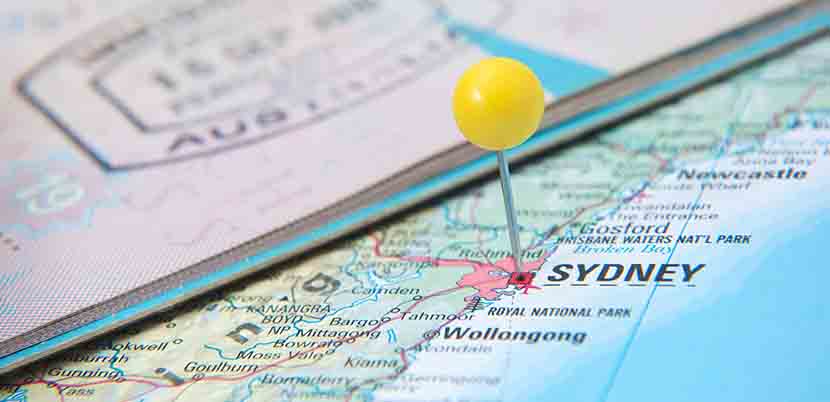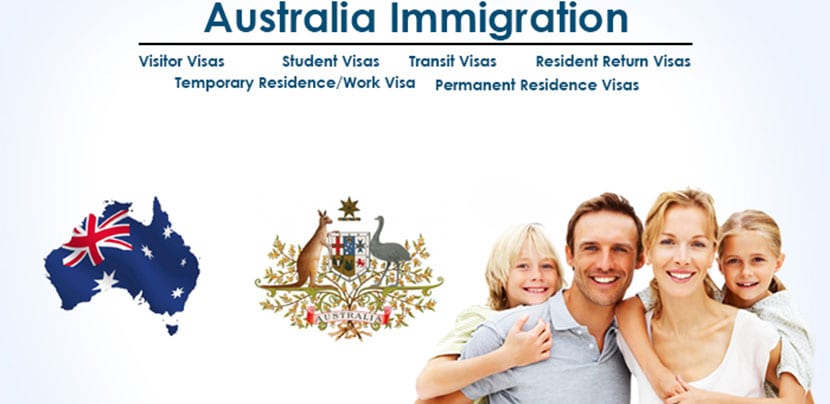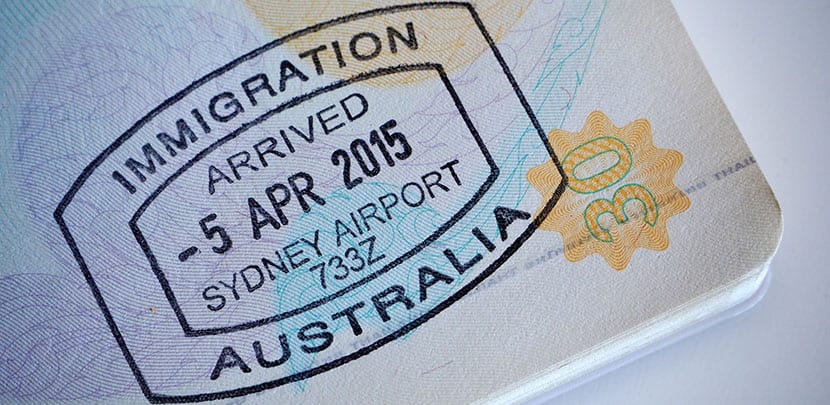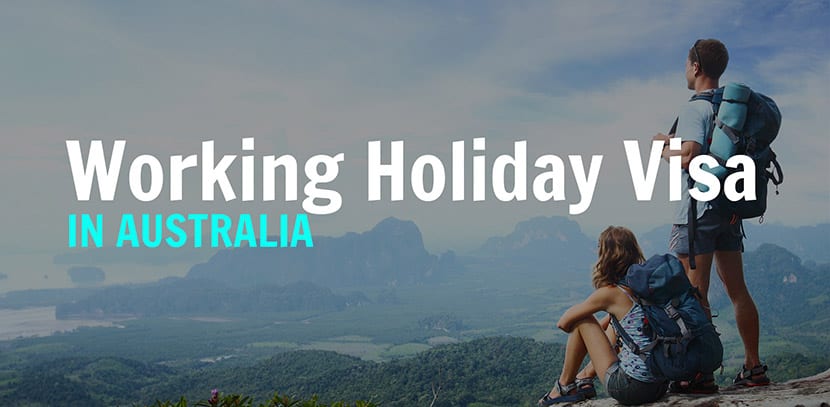
One of the great tourist destinations in the Asia-Pacific region is Australia. The country is beautiful from the point of view of its natural landscapes and even though the European occupation does not have a long history, it does have a rich and ancient native culture.
Australia It is a developed country, with little population, modern and still growing. In addition, it has an interesting visa system that allows not only to go to do but to work now study and it also offers special visas aimed at young people and restless spirits. Do you like the idea? Here you have the necessary information about how to get a visa for Australia.
Australia

First of all, it is best to always check with the Australian embassy in your country, since obviously visa conditions vary from country to country. In the case of Spain, the embassy here deals with Spain, Andorra and Equatorial Guinea.
Diplomatic activity between the two countries has resulted in trade agreements and thus, in recent years at least one hundred Spanish companies have landed in the Pacific country. Other companies have won military contracts and there are also cooperation agreements between the navies of both states. With regard to visas you must visit the website of the Department of Immigration and Citizenship, with physical headquarters in Madrid.
Here, the Visa and Immigration section is the one that processes the visa application.
Types of visas granted by Australia

In terms of visas for visitors, Australia offers the eVisitor, Transit Visa, Visitor Visa, Work & Holiday Visa and Working Holiday Visa. If you are a citizen of the European Union and want to go to Australia for business or pleasure, you must apply for a category visa eVisitor.
A pleasure trip refers to vacations, family visits, visits to acquaintances and friends. A business trip involves attending conferences, business, scheduled visits, and so on. This type of eVisa does not allow you to work in Australia, if your idea is that then you will have to process another type of visa, the Temporary Work Visa.

The eVisitor allows you to enter and leave Australia in a period of twelve months from the date of issuance of the same. Each time you enter the country in that year, you will be allowed to stay for a maximum of three months. The visa is free And since it is electronic, it is linked to the passport number and you do not require another physical document. To process it, you send an online application and if you travel in a group or family you must submit an application for each member of the group, including children.

Online you will be able to know the processing times for visa applications that vary according to the personal situation of each applicant: the speed with which they respond if they ask for additional information, whether or not they have presented all the necessary documentation, the times in which that the pertinent authorities deliver criminal records, guarantee of funds and such matters, and so on.
And on the part of the embassy the number of places available in the immigration program or the time of year in which the application is processed, whether it is high season or not, for example, also influences.

La transit visa (subclass 771) is a permit to move around the country only 72 hours. You must have documentation to enter another country, your real destination and it is also a free visa. It is generally processed in just eight days or five. They may ask for a health certificate but you must wait for the embassy to request it.
La Visitor Visa, subclass 600, allows you enter for business and stay three, six or twelve months. You are a visitor so does not allow you to work. Processing this visa has a cost of AUD 140 to AUD 1020. A tourist visa can take between 22 days and a month. For commercial visits the time is much less.

La Work & Holiday Visa, subclass 462, is special for young people who want to vacation and work a little in Australia for a year. You must be at least 18 years old and no more than 31 years old, have no dependent children and be a citizen of Argentina, Austria, Chile, Peru, Uruguay and Spain, for example, among the group of countries with which Australia has closed this agreement . These visas are usually processed in a period of between 33 and 77 days.
The visa allows you to stay one year and work at least six months, study four months and leave and enter the country as many times as you want in that year. You must bear in mind that Australia provides a limited number of Work & Holiday visas per country, so if adventure interests you, you should do things quickly. The procedure is free. On the other hand, there is the Working Holiday Visa, subclass 417, quite similar to the previous one. In this case, the Australian government is thinking of extending the age limit from 31 to 35 years.

Of course there are also other business visas, study visas, to marry an Australian citizen and humanitarian visas and refugees, for medical treatment, and so on. In the case of study visas, other visas that may be interesting to us, there are three categories. Is the Student visa, subclass 500, which authorizes you to stay for the duration of your study in an educational institution. The student must be at least six years old, the institution must accept you and you must have medical insurance. It allows you to stay up to five years and costs AUD 560.

La Student Guardian Visa It is given to those who must take care of an international student under the age of 18 while studying in the country. You must be a relative or legal guardian, have enough money to live and be at least 21 years old. It has the same cost. And finally there is the Training Visa that is delivered to those people who are professionals and want to specialize in their area or participate in a program in the country. You must be at least 18 years old, you are allowed to stay a maximum of two and naturally, there must be an invitation from a company or institution. The cost is AUD 280.
I think that among these visas you will surely find one that fits your travel needs and wishes.